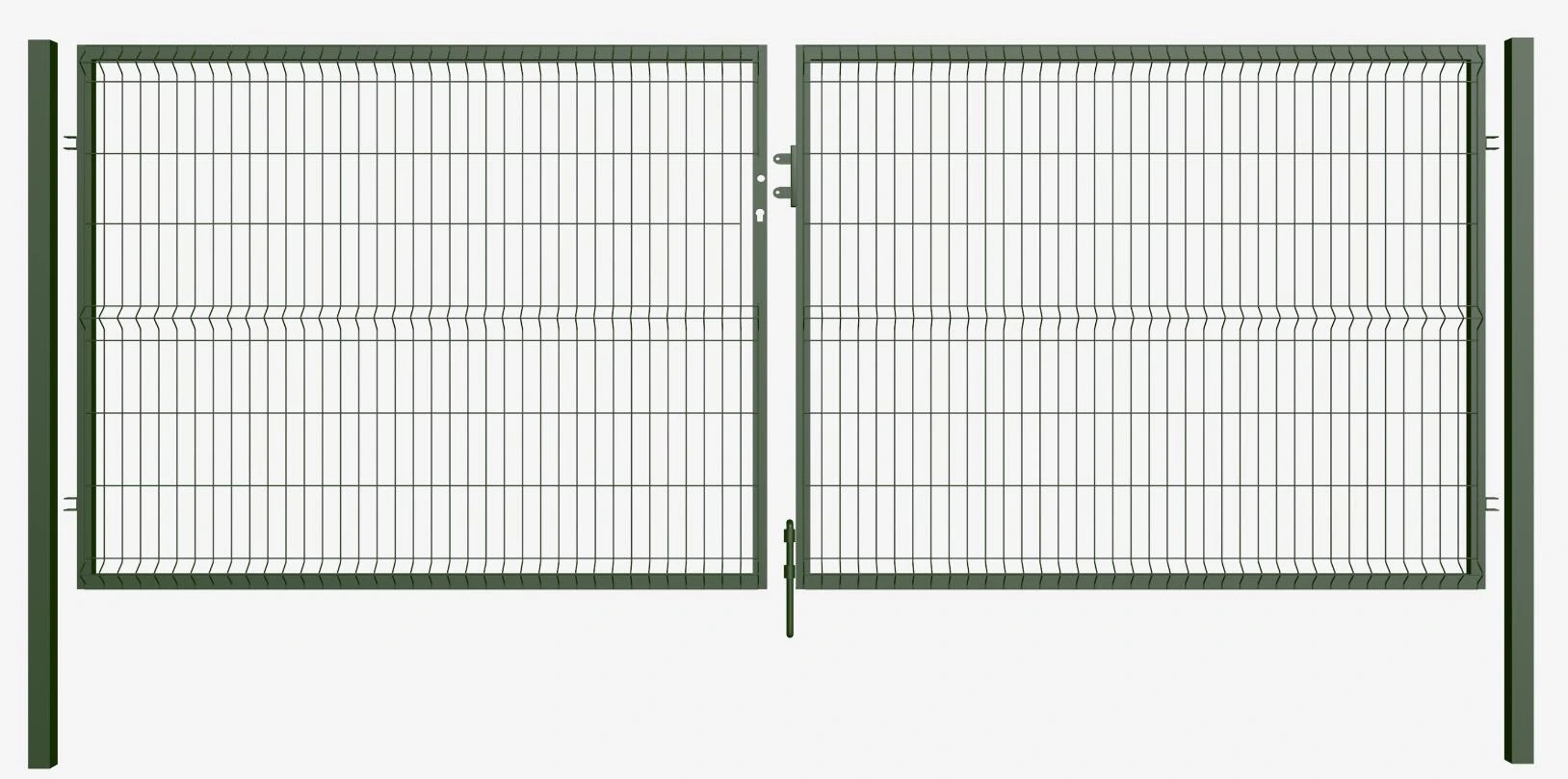The Impact of Razor Wire in Prisons A Necessary Evil?
In the complex landscape of criminal justice, the issue of prison safety and security is paramount. Among the measures taken to maintain order and restrict inmate movement, razor wire stands out as a significant element. This seemingly simple yet effective tool has profound implications for prison architecture, inmate behavior, and the overall philosophy of punishment and rehabilitation.
Razor wire, a type of barbed wire with sharp edges and spikes, is primarily used to deter escape attempts and unauthorized access. Its intimidating presence is a constant reminder of the consequences of breaking the rules. Prisons are designed to secure not only the physical well-being of those inside but also the safety of staff, visitors, and the public. By installing razor wire atop fences and walls, prison administrators hope to create a secure perimeter that is difficult for inmates to breach.
The Impact of Razor Wire in Prisons A Necessary Evil?
Additionally, the presence of razor wire within prison facilities can have psychological impacts on inmates. Living in an environment characterized by sharp obstacles and barriers can exacerbate feelings of isolation and hopelessness, potentially affecting mental health. Incarcerated individuals often grapple with a multitude of issues, from prior trauma to social reintegration challenges. The harsh visual of razor wire might signify a harsh reality, reinforcing a cycle of despair rather than promoting personal growth and change.
prison razor wire

Beyond the psychological implications, there are also practical considerations surrounding the use of razor wire. Maintenance and concern for human rights come into play. Instances have occurred where inmates have been injured by contact with razor wire, leading to debates over its humane application. This raises important ethical questions Does the need for security justify the potential harm inflicted on individuals who are, after all, still human beings? Advocates for prison reform argue that security measures should not come at the expense of dignity and humane treatment.
Moreover, the use of razor wire can perpetuate a culture of fear within the prison system. When inmates are constantly reminded of their captivity through visual deterrents like razor wire, it fosters an environment where mistrust and aggression can thrive. A system built on cooperation and mutual respect may be hindered by the pervasive presence of such intimidating barriers. Instead of facilitating meaningful relationships between staff and inmates, the razor wire may create divisions that further entrench existing issues within the prison system.
Ultimately, the debate surrounding the use of razor wire in prisons embodies a larger conversation about the nature of justice and punishment. Is our goal to merely contain and control, or should we strive to rehabilitate and reintegrate? Balancing the need for security with the principles of respect for human rights is no small task. As we continue to explore and implement changes in the criminal justice system, the presence and role of razor wire will likely remain a contentious topic.
Innovative ideas and strategies that promote safety without compromising humanity should be prioritized. This realization is crucial for moving towards a more effective justice system that not only protects society but also seeks to rehabilitate and transform the lives of those within the prison walls. Only then can we hope to foster a system that reflects our shared values of dignity, respect, and opportunity for all, even those who have strayed from the path of lawfulness.
















